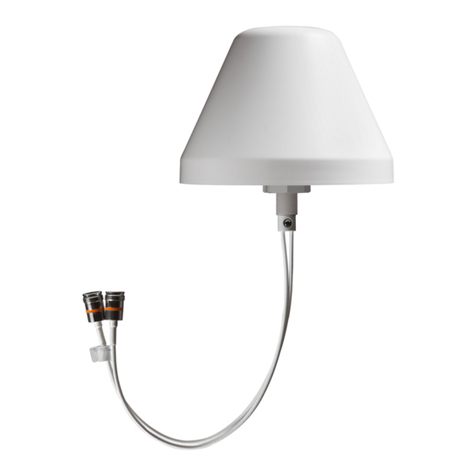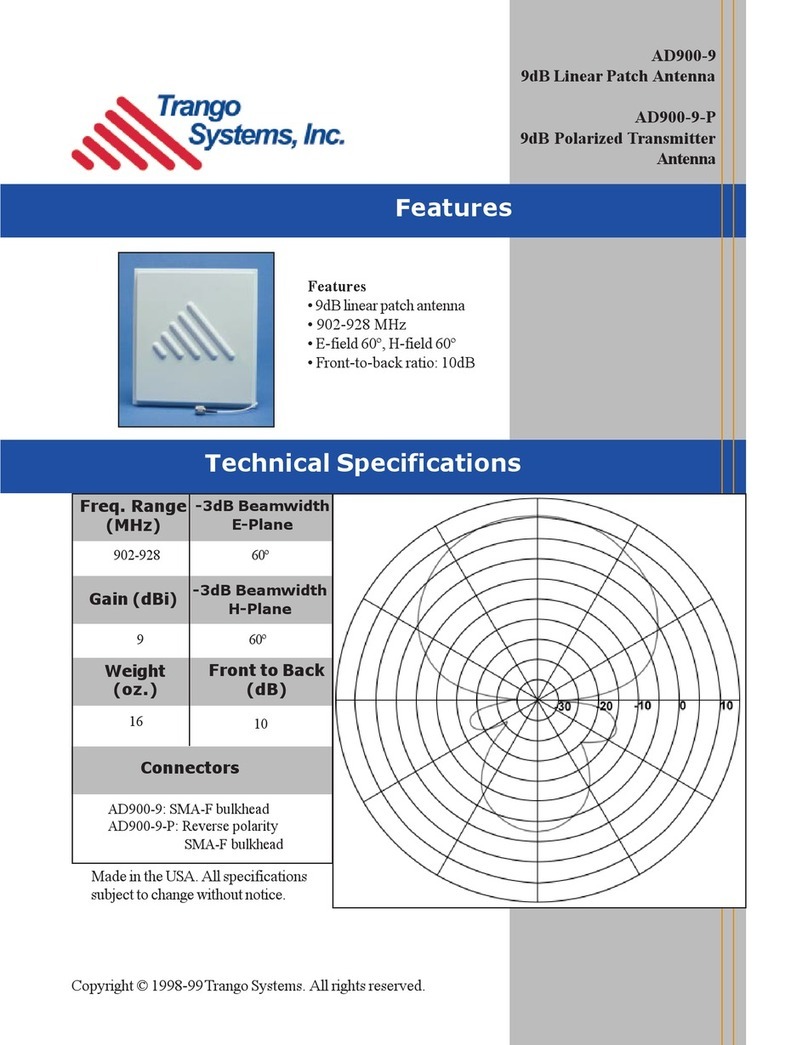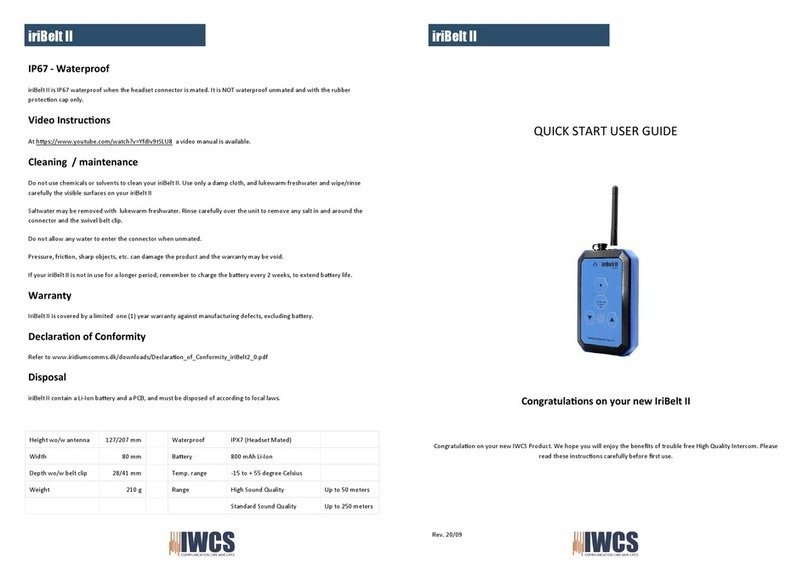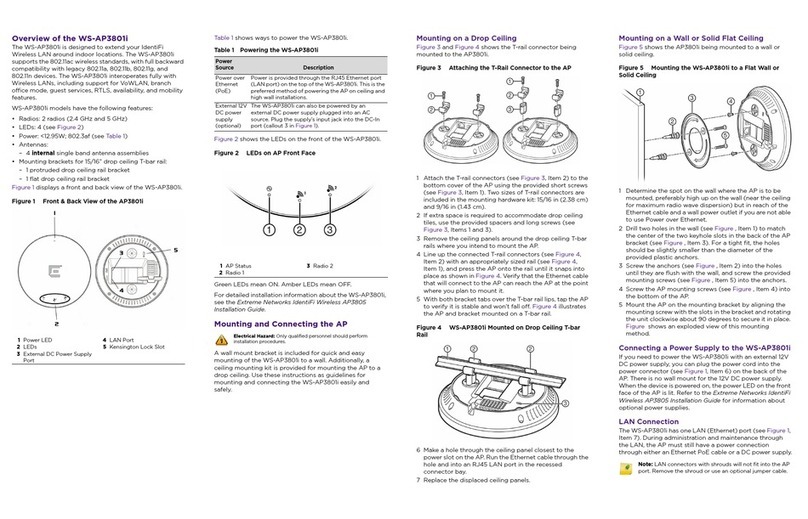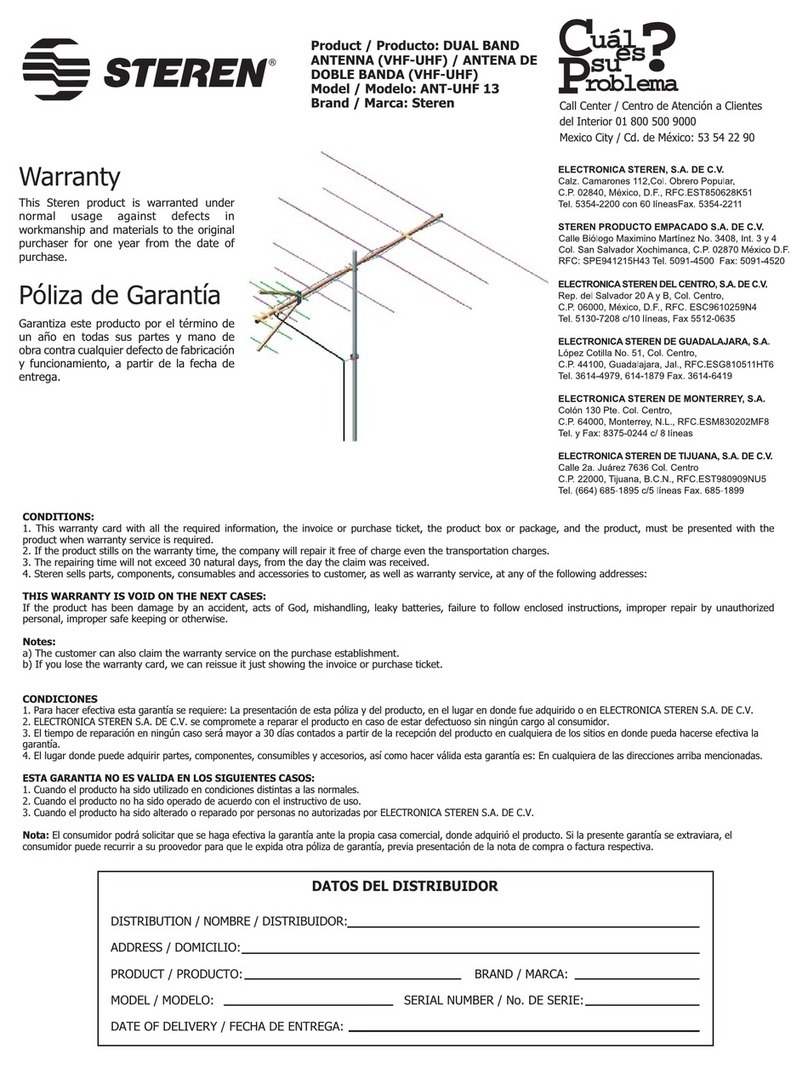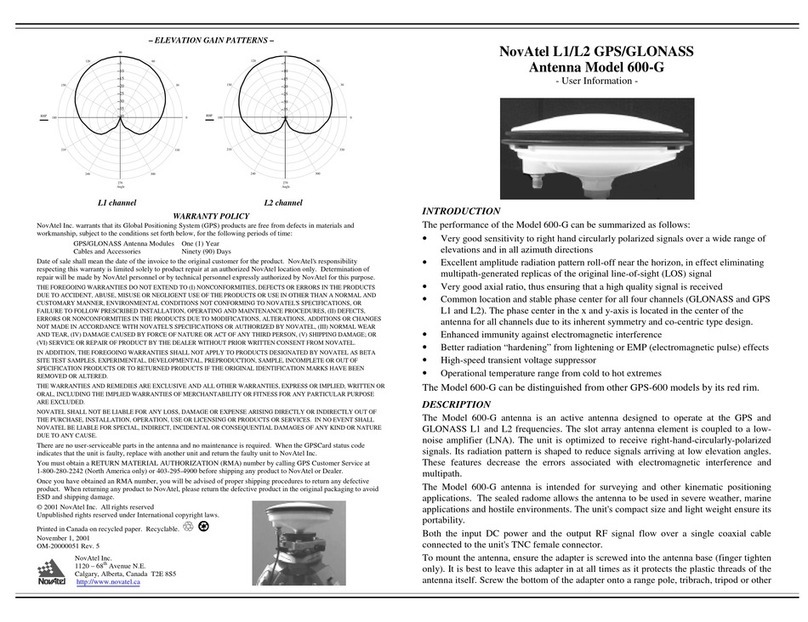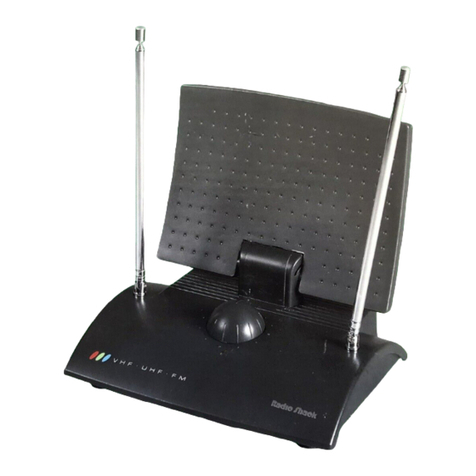
Table of Contents
About This Guide....................................................................................................................... 4
Intended Audience...............................................................................................................................................................4
Text Conventions...................................................................................................................................................................4
Providing Feedback to Us.................................................................................................................................................5
Getting Help.............................................................................................................................................................................5
Related Publications............................................................................................................................................................6
Chapter 1: AP Site Preparation................................................................................................. 7
ExtremeWireless Access Points that Support External Antennas................................................................7
Choosing Antennas for Wireless Network Configurations............................................................................... 7
Determining the Antenna Locations........................................................................................................................... 8
Antenna Models....................................................................................................................................................................12
Cable Options........................................................................................................................................................................15
Contacting an Antenna Installation Company...................................................................................................... 15
Chapter 2: ExtremeWireless APs That Support External Antennas..................................17
Determining the Location of the AP.......................................................................................................................... 17
ExtremeWireless AP3965e............................................................................................................................................. 17
ExtremeWireless AP3935e............................................................................................................................................. 18
ExtremeWireless AP3865e............................................................................................................................................. 19
ExtremeWireless AP3825e............................................................................................................................................ 20
ExtremeWireless AP3805e............................................................................................................................................. 21
Chapter 3: Antenna Installation............................................................................................. 23
Outdoor Antenna Kits...................................................................................................................................................... 23
Installation Overview.........................................................................................................................................................23
Grounding System............................................................................................................................................................. 24
Mounting the Antenna.....................................................................................................................................................24
Cable Installation Guidelines.........................................................................................................................................39
Routine Maintenance........................................................................................................................................................40
Chapter 4: Antenna Specifications........................................................................................ 41
External Antennas for Use with Outdoor APs...................................................................................................... 41
External Antennas for Use with Indoor APs......................................................................................................... 93
Chapter 5: Accessory Specifications...................................................................................140
Low-Loss Antenna Cables........................................................................................................................................... 140
Terminator: WS-CAB-RPSMATERM.........................................................................................................................144
Terminator: WS-CAB-NTERM.....................................................................................................................................144
Attenuators..........................................................................................................................................................................145
Extension Bracket: 30515 (WS-MB-WALLEXT01) ........................................................................................... 147
ExtremeWireless™ External Antenna with Wave 2 3






